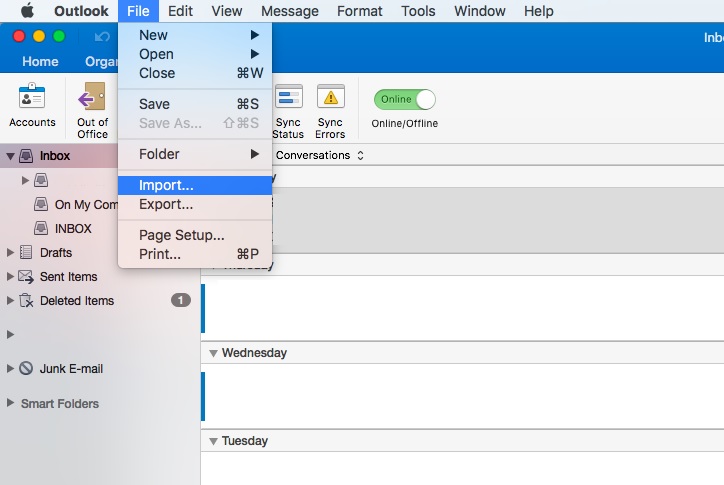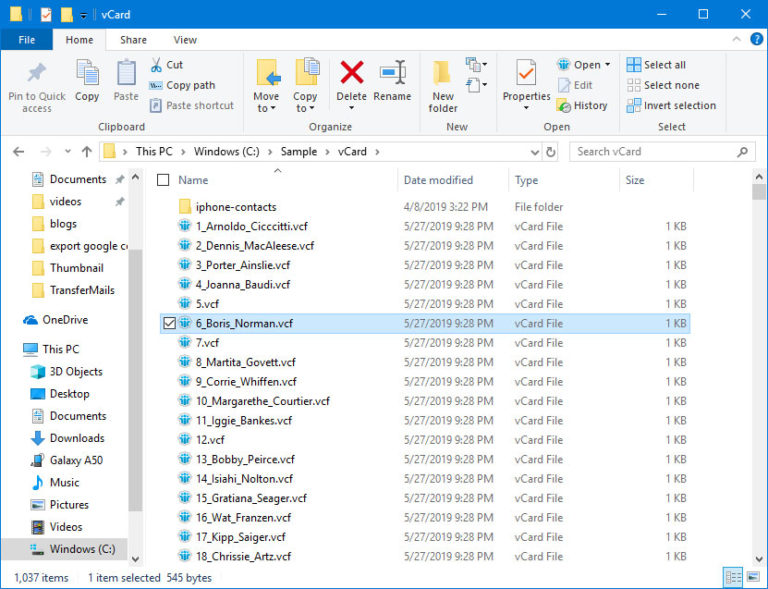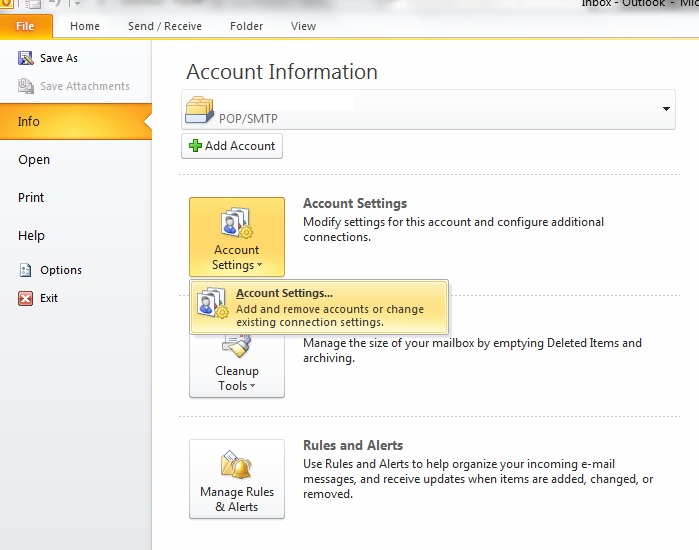
- #MAC OUTLOOK DATA FILE LOCATION HOW TO#
- #MAC OUTLOOK DATA FILE LOCATION FOR MAC#
- #MAC OUTLOOK DATA FILE LOCATION ARCHIVE#
- #MAC OUTLOOK DATA FILE LOCATION FREE#
#MAC OUTLOOK DATA FILE LOCATION FREE#
To free up some space on your Mac, you can delete your email folder. One of the ways to do so is to use the built-in delete feature in Outlook. The first method is to permanently delete PST files. To delete OLM files on your Mac, use Finder’s Move to Trash command. The user’s profile contains the Outlook data files associated with that account. When using Outlook for Mac, you should first open Outlook and then delete the PST file. Navigate to File > Account Settings > Data Files in Outlook and click the delete button. It is possible to delete Outlook data files by closing the application and then deleting the file from your computer. If you move the three folders listed in this step to Trash, you will lose all data from Outlook. The folders listed may not all be present. Can I Delete Outlook Data On Mac? Credit: Navigate to the Containers folder and then click all of its folders if you want to trash them.
#MAC OUTLOOK DATA FILE LOCATION FOR MAC#
Finally, if you need to save an attachment or email offline, go to Outlook for Mac and select the Download header only option.

Second, make sure your tasks and notes are only kept to a minimum. It is critical that you sync your calendar appointments and email with your online calendars. You can try a few things to avoid this problem. Your computer may be taking up a sizable amount of storage space. 3 Ways To Declutter Your Outlook And Free Up Storage Space
#MAC OUTLOOK DATA FILE LOCATION ARCHIVE#
The most effective way to solve the problem of over-size is to archive and export your data. Having a large number of emails in your database is a good thing. This is due to the database’s growth in size. It is possible that Outlook clients will slow down or even begin to malfunction. Because Outlook for Mac consumes so much disk space, it also consumes a lot of space. Messages and attachments can be saved in a variety of formats in Outlook for Mac. It’s Outlook for Mac’s mission to’sync all software.’ As a result, even a relatively small drive can hold a lot of data. Why Is Outlook Taking Up So Much Space On Mac? Credit: Reddit The Office 365 In-Place archiving feature stores 200 square feet of mail in one place. Users can access, store, and manage their email accounts by using Microsoft Outlook and Outlook on the Internet after selecting the archive mailbox option. Outlook data files become larger and larger as the number of emails and attachments increases. Another factor contributing to the large amount of RAM required to run Outlook for Mac is the large amount of disk space it consumes. Because of the small size of the drive, messages and attachments need to be stored on it with a large amount of memory. You can access Mailbox Cleanup by clicking Tools. Then, select “Compact.”īy following these tips, you can help reduce the size of your Outlook data file and speed up your Mac. Compact the data file: Finally, you can compact the Outlook data file to reduce its size.

To do this, open the email with the attachment and click on the “x” next to the attachment.Ĥ. Delete old attachments: If you have emails with large attachments, you can delete the attachments to free up space. To do this, open Outlook and go to the “Mailbox” menu. Empty the trash: Another way to reduce the size of your Outlook data file is to empty the trash.

To do this, open Outlook and go to the “File” menu.

Archive old emails: One way to reduce the size of your Outlook data file is to archive old emails that you don’t need anymore.
#MAC OUTLOOK DATA FILE LOCATION HOW TO#
Here are some tips on how to reduce the size of your Outlook data file on Mac OS:ġ. One way to help speed up Outlook and free up space on your Mac is to reduce the size of your Outlook data file. However, over time, Outlook can start to slow down your Mac as it stores more and more data. When it comes to managing emails, Outlook is one of the most popular email clients for Mac users.


 0 kommentar(er)
0 kommentar(er)
